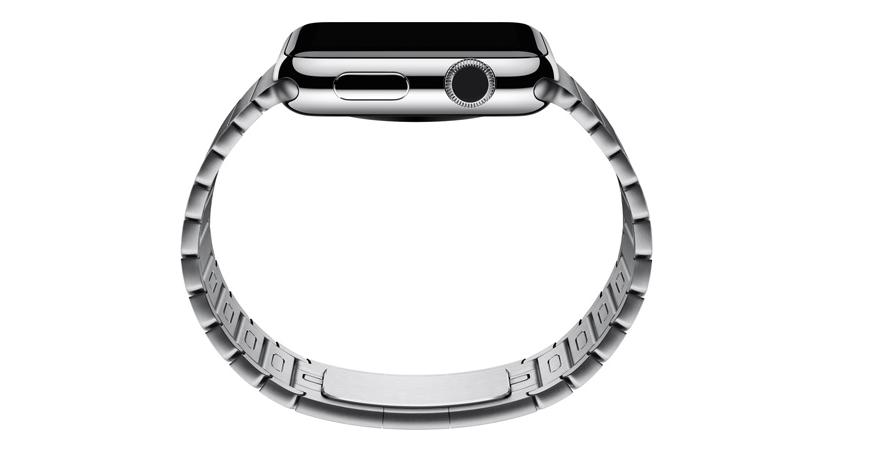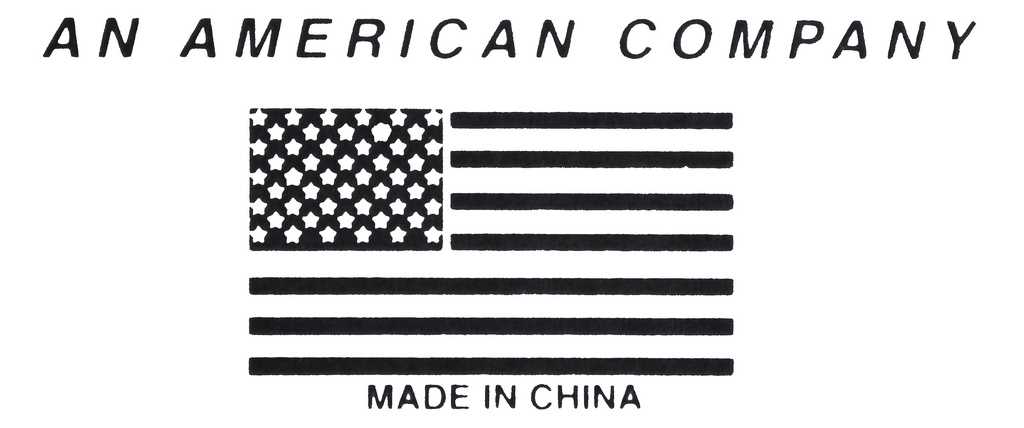Not everything at CES 2015 will prove to be a profound forecast of future consumer acceptance. Some of the “trends” were not trends at all, but things that want to become trends. There were trends in things being shown, perhaps, like Smart Watches, but Smart Watches are not a trend. Watches are not a trend either. Telling time on a phone is.
Smart Watches
Yes, there were many smart watches at CES, most of them with some degree of personal health sensor including sleep monitoring, foot falls, heart rate and sun exposure – others were more utilitarian with GPS coordinates, message alerts or media control. What wasn’t at CES was the Apple Watch, and that means everything. If the Apple Watch succeeds in being a hit, then most of the watch companies will have to rethink their strategies to compete with Apple. Many will not have enough funding to compete, so will fold after selling off their tech. What actually gets traction on the Apple watch will set the aim for the next set of competitors. And if the Apple Watch is successful, next year CES attendees will see a lot of Apple Watches on the floor with app and accessory developers telling you how they make the Apple experience better, much like the experience of wending through the sea of third-party iPhone and iPad vendors at the show.
On the other hand, if Apple Watch stalls or fails, then CES will feel the suck of venture and angel money retreating from the market, along with a great reduction in hype and product announcement.
As a scenario planner, there is also a third option: between now and CES 2016 some other smart watch may spark a fire, and catch Apple off guard, creating a new heat signature that we can’t forecast at this point, but one that will surely be evident on the CES floor.
Ugly 3-D Printers
Most 3D printers are ugly. Some manufacturers have recognized that and placed their devices in cases, but this does not reduced the fundamental unflattering boxiness of 3D printers. Function has not yet met design. At one point it was forecasted that HP, owner of the home printing market, would dominate 3D printing but didn’t happen. A host of new players has emerged, and many of them demonstrate their DYI credentials with very basic designs that look more like Erector Set science projects than products. If 3D printing wants to move into the mass market, they’ll need some Keurig or Cuisinart sensibilities in future designs.
Made in China
I heard from more than one iPhone case manufacturer that they were spending more-and-more money battling counterfeits of their designs. These counterfeits are often less reverse engineered than reproduced using stolen or copied CNC programs, molds and other manufacturing technology, while materials arrive from the same suppliers as the originals.
Made in America, or wherever the local market may be, should be something more manufacturers consider. After walking through aisle after aisle of Chinese importers with almost the same items in their booths, it is time for local differentiation and intellectual property maintain to return to the old fashioned approach, not by protectionism or policing, but by working with trusted partners who can be trusted. Kudos, for instance, to Svalt and their Svalt D, a solid aluminum cooling and docking station for Apple MacBooks, proudly crafted and assembled in Portland, Oregon, using imports only for commodity components.
Fake phone Pricing
Perhaps this is already something that is going away and Apple just hasn’t caught up yet. LG announced the LG G Flex 2, touting its healable rear coating and flexible, curved design, but the press release doesn’t state a price. Apple still says iPhone start at $199. They really don’t. No existing customer can pay $199 for an iPhone. Service charges and eliminated discounts make up any differential. That is why most phone companies are moving toward a zero-down no-interest payment plan. No more hiding the real cost of the phone in increased fee. Carriers can make their value add much more visible against competitors by calling out the true price of hardware, which is essentially fair-traded across carriers. By eliminating fake phone pricing consumers can see what they really pay for phone services, which should be very good for phone competition, and perhaps for carrier loyalty. If switching carriers with the promise of a cheap high-end phone isn’t available as a marketing tactic, carriers will have to compete on service and pricing for the things they actually control, and that should also lead to improved service quality.
The Internet of Things
Things on the Internet is very much a trend, but the Internet of Things remains a pipe dream. Although devices, smart switches, smart switches, smart thermostats and smart appliances can indeed talk to each other, and especially to smart phones, much of this chatter and control is proprietary, meaning you have to control a particular device with an app made specially to control that device. And on a higher level, there is no software that manages device collaboration or conflict resolution. One of the stories heard from vendors was that of the family coming home, opening their garage door and having the house turn itself on. But that story assumes a single master. What if a teenager in the back seat holds an app with control over parts of the house. What if the protocol is binary, so that an on-off command is the same. As one group from the family enters the garage door, another group enters the front door, tripping another command to turn the lights on, which actually turns them off. Think also of other controllers, like motion sensors. How do they coordinate with explicit commands. In the old days, even with this like X10, commands were discrete. With an Internet of Things people will expect coordination and anticipation, which is way ahead of standards.
I know home automation specialists will argue with some of these contrarian positions, but they are just the top layer of potential conflicts between various home automation devices, their interactions and the apps that run them. The Internet of Things is a pretty big mess right now.
Of course, where a vacumm exists, standards bodies will attempt to make their way in, so we have a host of bodies including: AllSeen Alliance, Open Interconnect Consortium, The ZiggBee Alliance, Thread Group,Industrial Internet Consortium, IEEE P2413, oneM2M, International Society for Automation’s ISA100 Committee. Intel is stepping in with hardware and software to bridge the evolution, called the IoT Gateway.
We are way too early for leaders, let alone winners. These standards bodies will be battling it out over the next decade for dominance, and likely merging as time goes on. And they may well not be the end of the list, because it isn’t clear that even with this variety of the standards all the needed requirements for an interoperable, coordinated, Internet of Things has yet been specified. As new requirements arrive, or new technologies, new standards requirements will likely continue to emerge.



